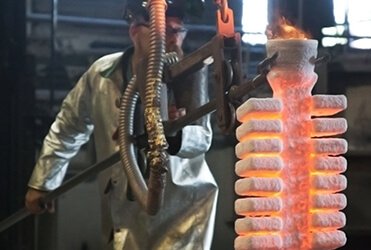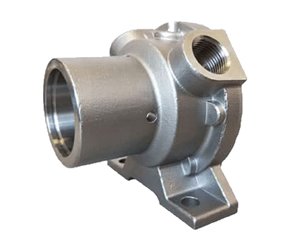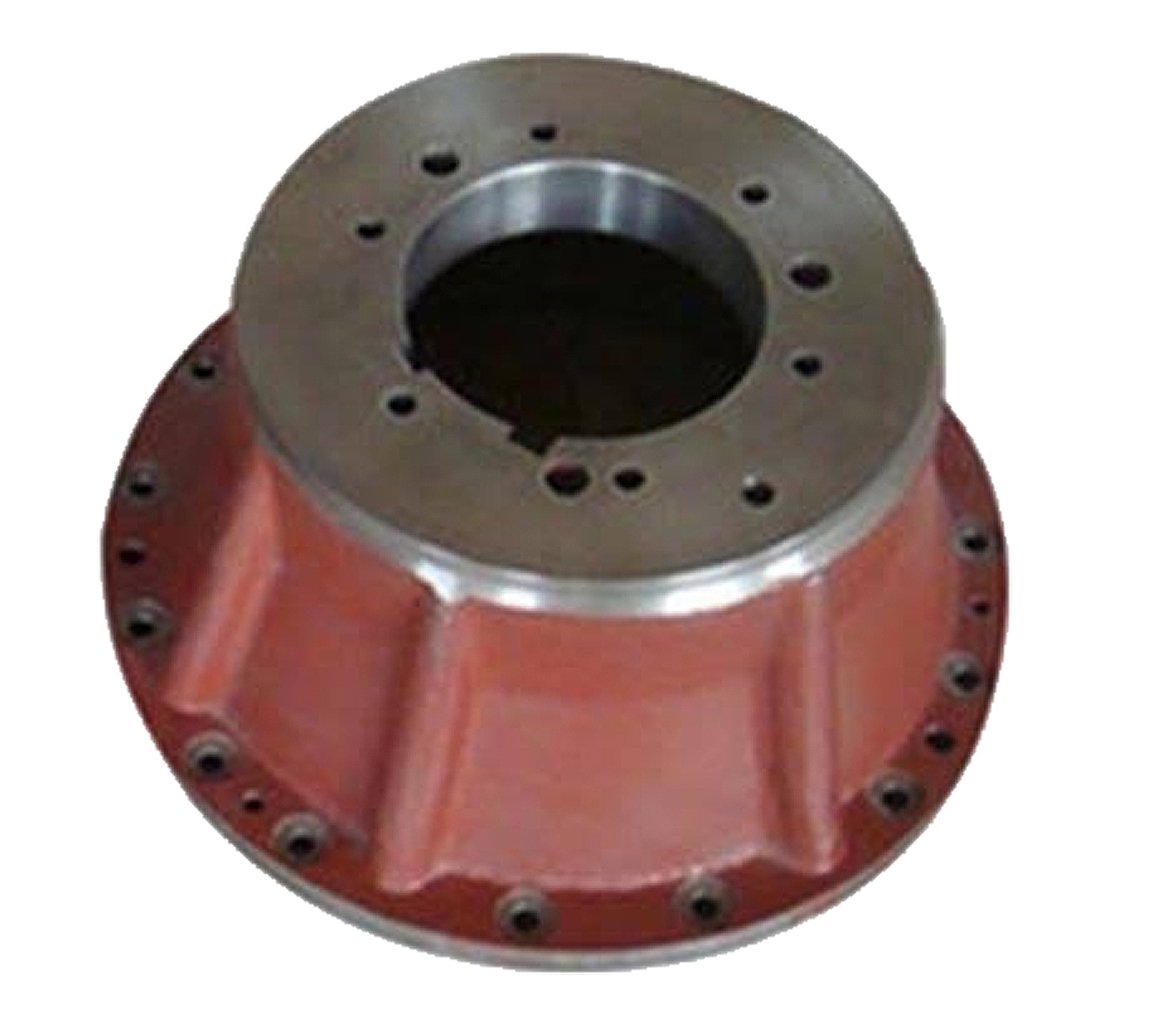Investment Casting
Casting process to produce parts from tiny jewellery pieces to massive components, with parts nearly casted to its net shape that machining run can be reduced.
This process also known as lost wax casting.
- For low volume production, it is ideal.
- Excellent dimensional precision is maintained.
- It can be used to cast complex, undercut forms.
- Smooth surfaces can be produced
- Allows effective passivation providing better aesthetics to parts
- Production for high volume can be done with minimal tooling setup costs.
Applications
Investment castings can be produced in all alloys from a fraction of an ounce, for parts such as orthodontic (dental) braces, to more than 1,000 lbs. (453.6 kg) for complex aircraft engine parts. Smaller components can be cast in quantities of hundreds per sprue assembly, while heavier castings often are produced with an individual tree. The weight limit of an investment casting depends on the mold handling equipment at the metal casting facility.
Linear Tolerance (mm)
| Dimension (mm) | ≤10 | 10~25 | 25~50 | 50~75 | 75~100 | 75~100 | 75~100 | 100~150 | 150~200 | 200~250 |
| Normal (mm) | ±0.15 | ±0.25 | ±0.35 | ±0.50 | ±0.15 | ±0.25 | ±0.50 | ±1.00 | ±1.50 | ±1.80 |
Alloys casted
- Stainless Steel
- Steel
- Ductile Iron
- Beryllium Cooper
- Nickel-Based Alloys
- Aluminum
- Cobalt-Based Alloys
- Copper-Based Alloys





